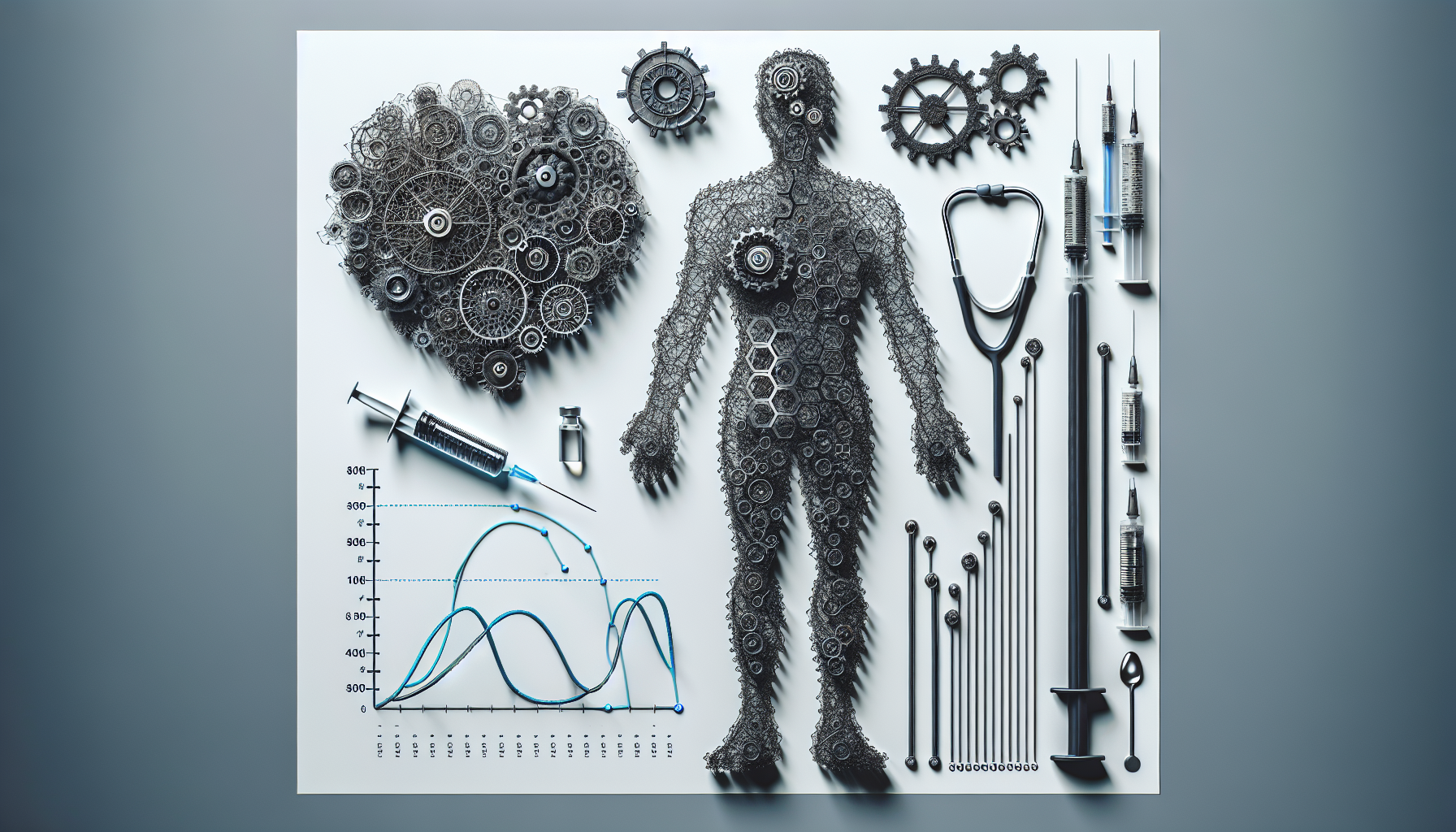Exploring Automation in Healthcare: Benefits and Challenges for Providers
Understanding Automation in Healthcare
Automation in healthcare refers to the use of technology to perform tasks that would typically require human intervention. This includes processes such as data entry, scheduling appointments, managing records, and even diagnostic assistance. With the integration of Artificial Intelligence (AI), Machine Learning (ML), and Robotic Process Automation (RPA), healthcare providers are increasingly turning to automation to enhance efficiency and improve patient outcomes.
Benefits of Automation for Healthcare Providers
-
Increased Efficiency
Automation streamlines various administrative and clinical workflows. Routine tasks, such as appointment scheduling and billing, can be handled swiftly and accurately through automated systems, freeing healthcare staff to focus on direct patient care. For instance, digital scheduling systems can reduce double-bookings and maximize resources, optimizing the overall workflow.
-
Enhanced Accuracy
Automated systems significantly reduce the risk of human error in tasks such as data entry and medication dispensing. By implementing electronic health records (EHRs) with integrated validation protocols, providers can maintain accurate patient information and minimize prescription errors, leading to improved patient safety.
-
Data Management and Analytics
With the growing amount of healthcare data, automation aids in collecting, storing, and analyzing vast datasets. Providers can utilize machine learning algorithms to analyze trends in patient data, predict potential outbreaks, or identify demographics at risk for certain conditions. This analytical capability allows for more informed decision-making and resource allocation.
-
Improved Patient Experience
Automation positively impacts patient engagement through personalized communication and follow-ups. Automated reminders for appointments can decrease no-show rates, while online patient portals provide round-the-clock access to health information, further promoting patient involvement in their care. Additionally, chatbots can offer 24/7 assistance for common inquiries, enhancing patient satisfaction.
-
Cost Reduction
Automating routine processes can significantly reduce operational costs. Streamlined workflows lower the administrative burden and require fewer resources for tasks such as billing and claims processing. Organizations that implement RPA often report substantial cost savings, allowing providers to allocate funds to other essential areas of patient care.
-
Enhanced Telehealth Capabilities
The rise of telehealth has coincided with advancements in automation. Automated scheduling and billing systems can seamlessly integrate with telehealth platforms, improving the overall efficiency of remote patient care. These systems can automatically send links for virtual visits and collect patient feedback afterward, making telehealth more accessible and user-friendly.
-
Improved Resource Management
Through automation, providers can better manage their resources, including staff allocation and inventory control. For instance, real-time data tracking can alert managers to dwindling supplies or staff absences, prompting proactive measures to maintain patient care standards.
Challenges of Automation in Healthcare
-
Implementation Costs
Although automation can lead to long-term savings, the initial investment required for software, hardware, and training can be substantial. Smaller practices may find it challenging to allocate adequate funds for such technologies, potentially widening the gap between large healthcare systems and independent providers.
-
Integration Issues
Many healthcare facilities operate with various legacy systems that may not seamlessly integrate with newer automated solutions. This lack of interoperability can lead to data silos, diminished efficiency, and increased frustration among staff who must navigate various platforms. Ensuring compatibility between systems often requires additional resources and expertise.
-
Data Security and Privacy Concerns
As automation increases reliance on digital platforms, concerns regarding data breaches and patient privacy grow as well. Healthcare providers must adhere to strict regulations like HIPAA to protect sensitive patient information. Ensuring robust cybersecurity measures and regular audits is essential, yet these can be costly and require continuous oversight.
-
Change Management Resistance
Implementing automation frequently necessitates a cultural shift within an organization. Healthcare staff may resist changes to their established workflows, fearing job displacement or the learning curve associated with new systems. Providing thorough training and demonstrating the benefits of automation is crucial to overcoming this resistance.
-
Quality of Patient Interaction
While automation enhances efficiency, it may inadvertently compromise the human touch in patient care. The reliance on automated systems for communication can lead to feelings of detachment among patients. Striking the right balance between automation and personalized care is essential to maintain the essential human element of healthcare.
-
Technological Dependence
An over-reliance on automated systems may lead to complacency among healthcare professionals, who might rely on technology to perform complex assessments. Continuous training and mentorship are required to ensure that providers remain adept in their clinical skills, even as automation plays an increasing role.
-
Regulatory and Compliance Challenges
As technology evolves, so too do the regulations governing healthcare practices. Providers must stay informed about current standards and compliance requirements related to automated systems, which can be time-consuming and labor-intensive. Failing to comply can result in legal repercussions and jeopardize patient safety.
-
Limited Understanding of Automation Potential
Often, healthcare providers may not fully understand the capabilities and potential of automation technologies. Lack of knowledge can lead to underutilization or misapplication of available tools. Investment in educational resources and pilot programs can help providers leverage automation effectively.
Navigating the Future of Automation in Healthcare
As the healthcare landscape continues to evolve, the integration of automation will play a vital role in shaping patient care models. Addressing the challenges of automation while capitalizing on its benefits will require a collaborative approach that involves stakeholders ranging from policymakers to technology developers and healthcare providers themselves. By embracing automation strategically, healthcare providers can enhance operational efficiencies, improve patient outcomes, and contribute to a more sustainable healthcare ecosystem.


